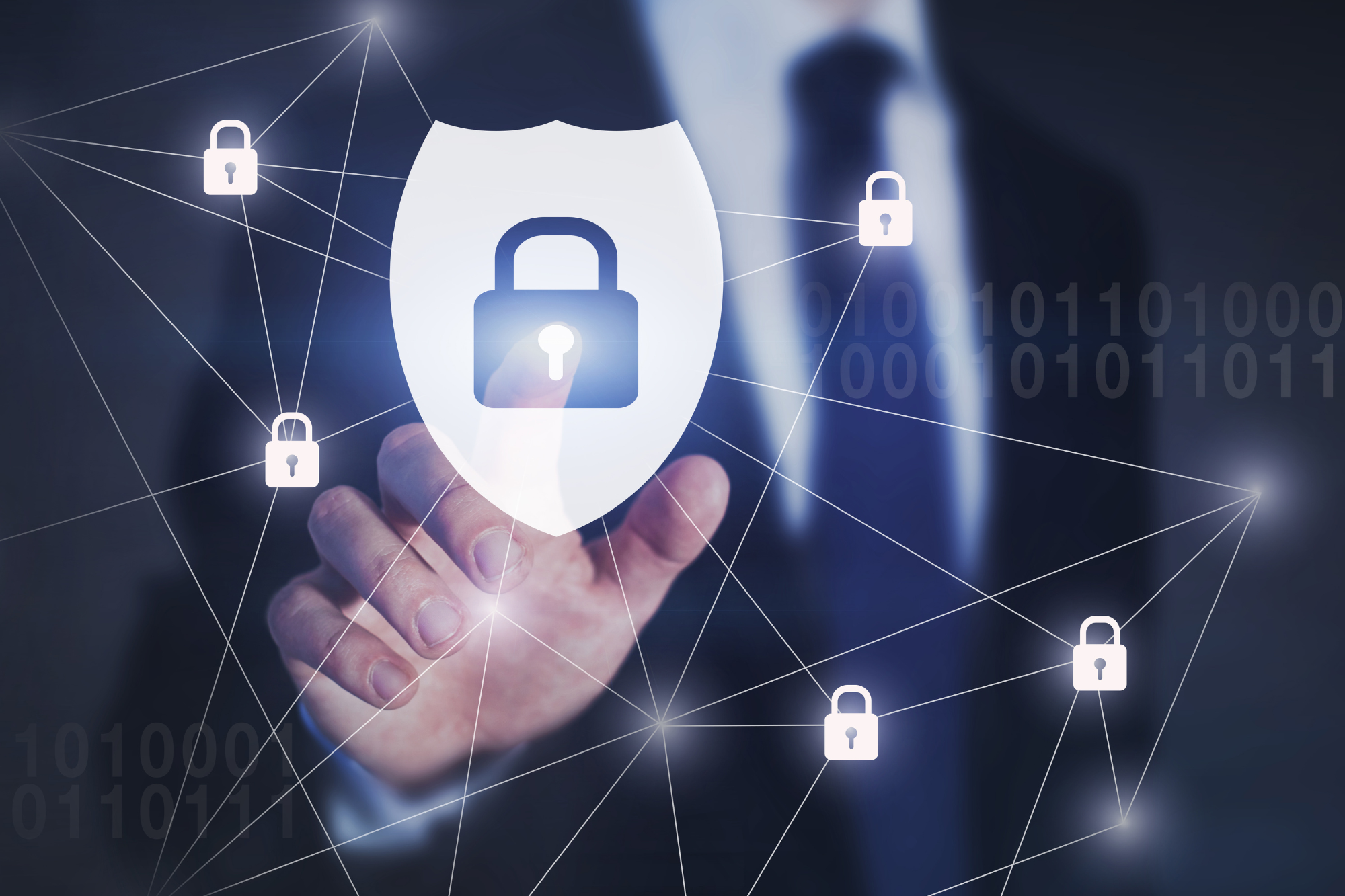Multifactor Authentication: Enhancing Cybersecurity with MFA Methods
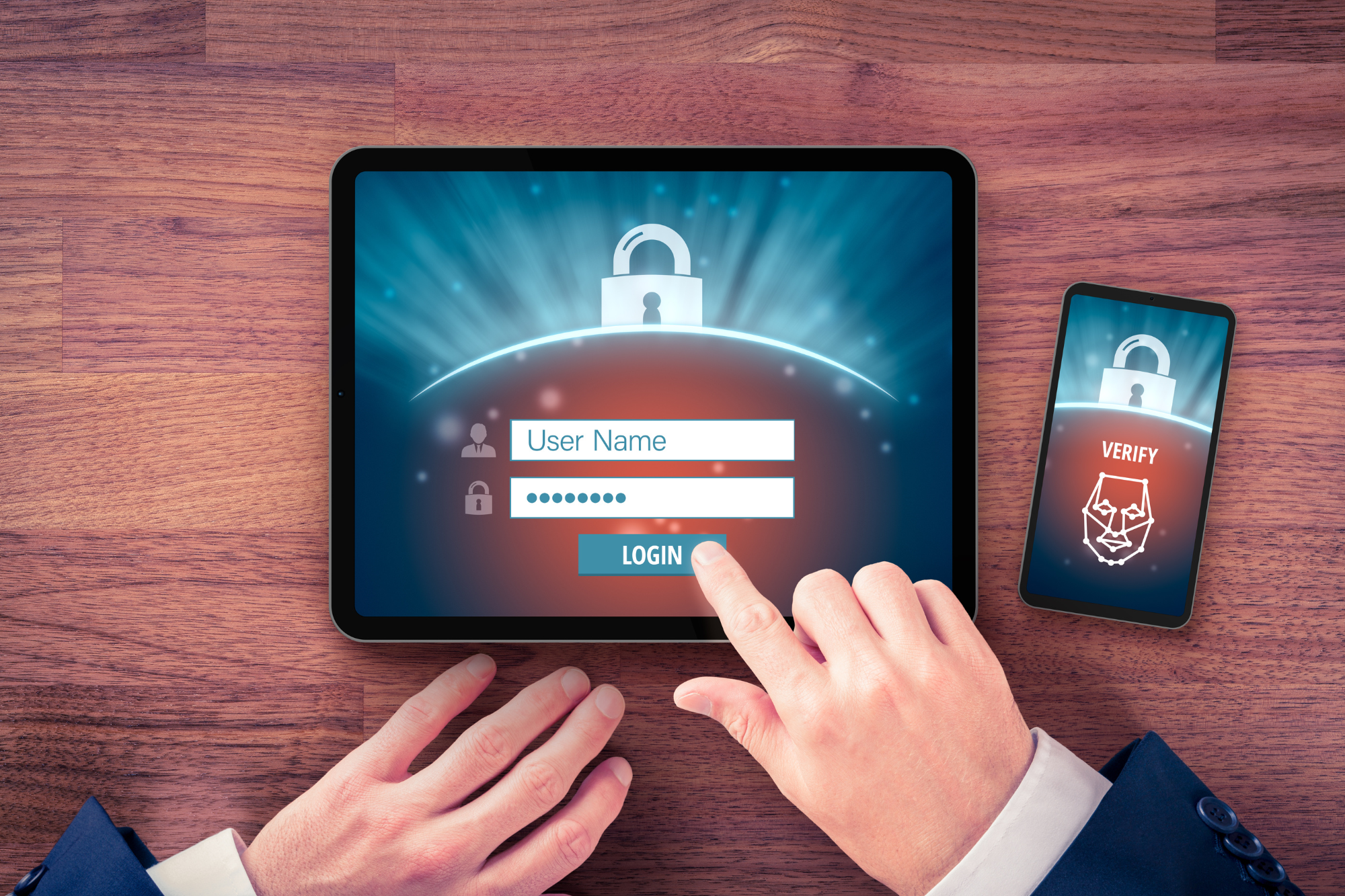
In a world where cyber threats are on the rise, protecting online accounts has become essential. Multifactor Authentication (MFA) enhances security by requiring more than just a password to access accounts, making it a crucial tool in cybersecurity. It relies on multiple forms of evidence to verify a user’s identity. This could include a code sent to a phone, a fingerprint scan, or a security token, ensuring that even if one factor is compromised, unauthorized access is still blocked.
Two-factor authentication (2FA), a subset of MFA, uses two distinct methods to confirm a user’s identity. It’s an easy and effective way to protect sensitive information. Using these authentication methods not only deters hackers but also builds trust with users, as they know their data is being safeguarded.
Popular authentication apps like Microsoft Authenticator make it simple to set up and manage these security features. With easy integration into personal and professional accounts, these apps are a key part of enhancing digital security. Understanding how these systems work is the first step in protecting personal data in an increasingly connected world.
Key Takeaways
- MFA strengthens security with multiple verification steps.
- 2FA is a simple, effective subset of MFA.
- Authentication apps are crucial for digital safety.
Table of Contents
The Importance of Multifactor Authentication
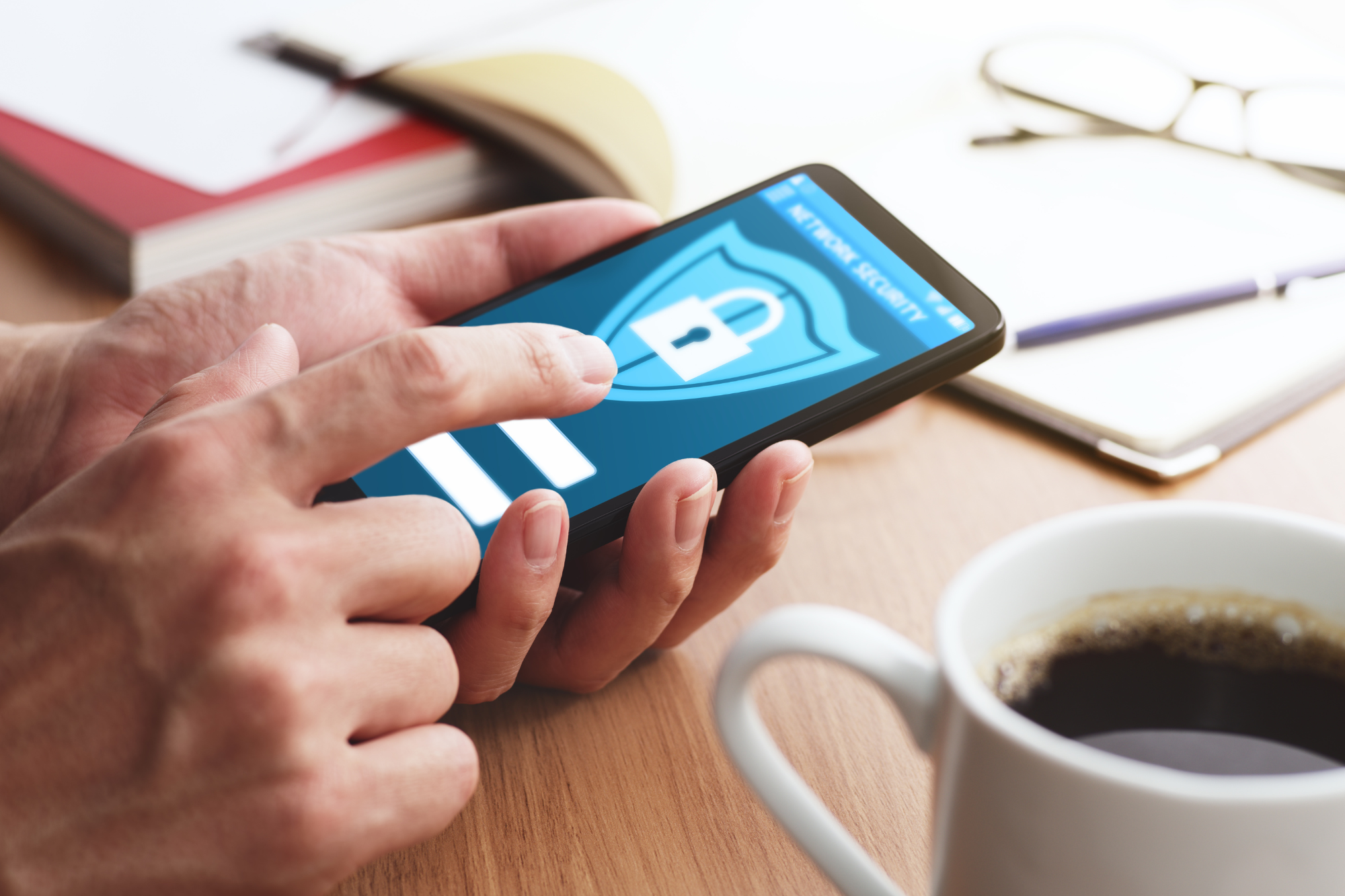
Multifactor authentication (MFA) is a powerful tool to protect sensitive information and minimize security risks. By requiring multiple forms of verification, it significantly reduces unauthorized access. Additionally, MFA can offer a smoother experience for users.
Improving Data Security
MFA plays a crucial role in strengthening data security. By requiring more than one authentication factor, such as a password and a fingerprint, it ensures that access to sensitive information is better protected. This additional layer of security makes it difficult for cybercriminals to gain access.
Security measures that rely solely on passwords are easily compromised. Passwords can be stolen through phishing attacks or guessed by attackers. Implementing MFA helps to protect against these vulnerabilities by adding complexity to the authentication process.
Mitigating Unauthorized Access
Preventing unauthorized access is one of the primary goals of MFA. By using two or more verification methods, such as a password and a code sent to a smartphone, hackers find it more challenging to breach systems. This is especially important for protecting accounts with sensitive or confidential data.
Unauthorized access can result in data breaches or loss of personal information, leading to significant consequences. MFA reduces the chances of unauthorized access by adding an additional verification method, such as biometric scans or security tokens, to confirm a user’s identity.
Enhancing User Experience
While security is important, user experience should not be overlooked. MFA can streamline access by allowing users to use familiar devices for authentication, such as smartphones or fingerprint sensors. This approach can save time and reduce the hassle of remembering complex passwords.
Despite initial concerns that MFA might complicate the login process, it actually offers options for customization. Users can select their preferred authentication methods, making the system adaptable and easier to use. With its balance of security and convenience, MFA can provide a user-friendly experience that does not compromise on safety.
Understanding Authentication Factors
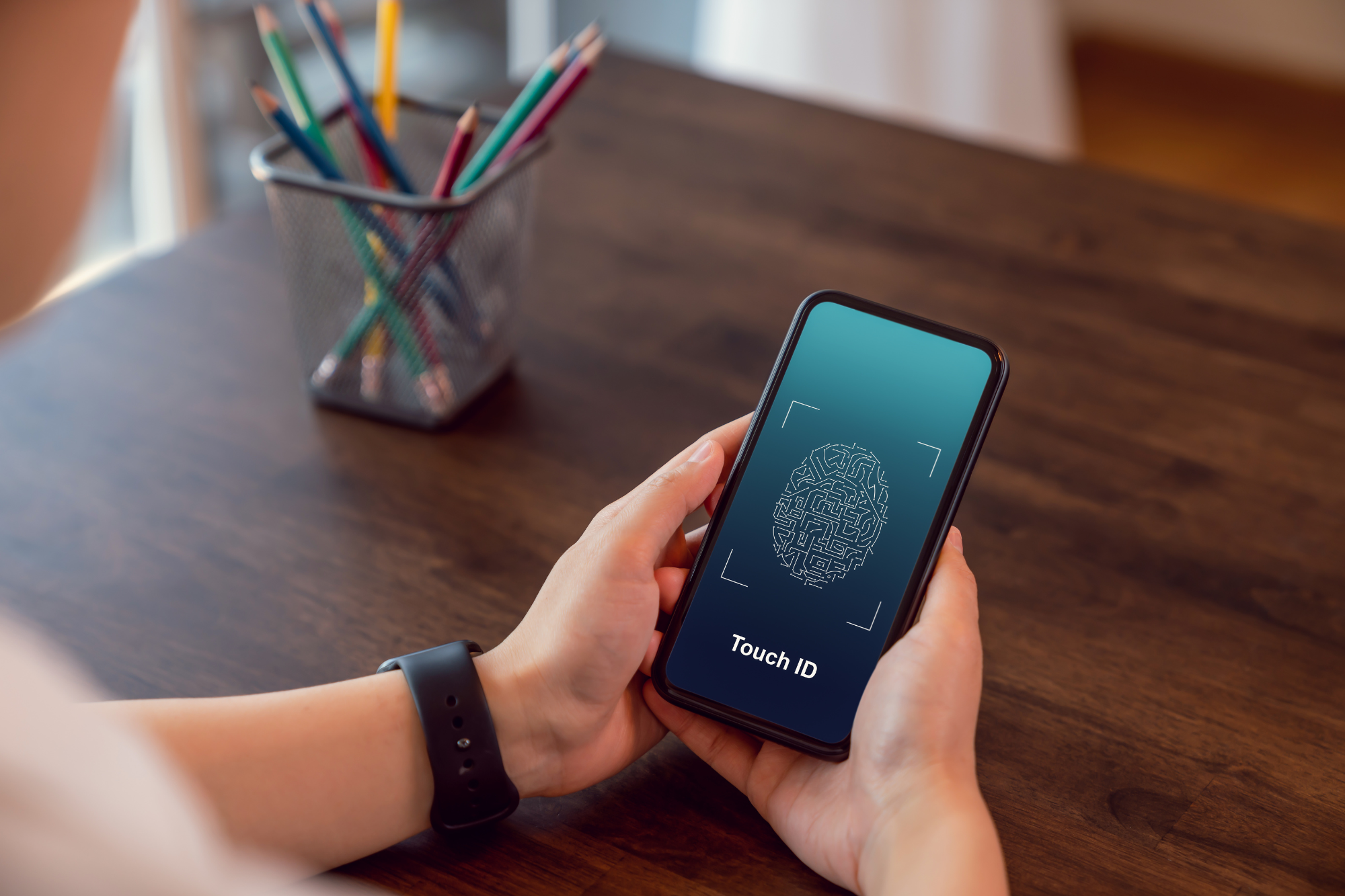
Authentication factors are tools used to verify an individual’s identity. They ensure that the person accessing an account or system is who they claim to be. These factors are divided into three main types: knowledge, possession, and inherence.
Knowledge Factor
The knowledge factor is something the user knows. The most common example is a password or a PIN. These are personal and secret combinations of characters or numbers.
Passwords are often used alongside other factors for multi-factor authentication (MFA). The strength of this factor relies on the complexity and uniqueness of the password. It is important to create passwords that are hard to guess and regularly update them to maintain security.
Possession Factor
Possession factors involve something the user has. An example is a security key or a smartphone with an authentication app. These objects are tangible and provide an extra layer of security because they must be physically possessed to be used.
Devices can generate one-time passcodes (OTP) that change frequently, offering secure access. Users might receive text messages or use devices like USB tokens. The possession factor is critical in preventing unauthorized access since even if a password is compromised, having the actual item prevents misuse.
Inherence Factor
Inherence factors are based on something the user is. This includes unique biological characteristics such as fingerprints, facial recognition, or voice patterns. Biometrics are often seen as very secure and convenient, as they are difficult to fake or lose.
These methods are increasingly integrated into devices like smartphones. Although sometimes challenging to implement due to technology requirements, they add a robust identity verification layer. Inherence factors offer both security and ease, making them popular in modern authentication systems.
Two-Step Verification vs. Multifactor Authentication
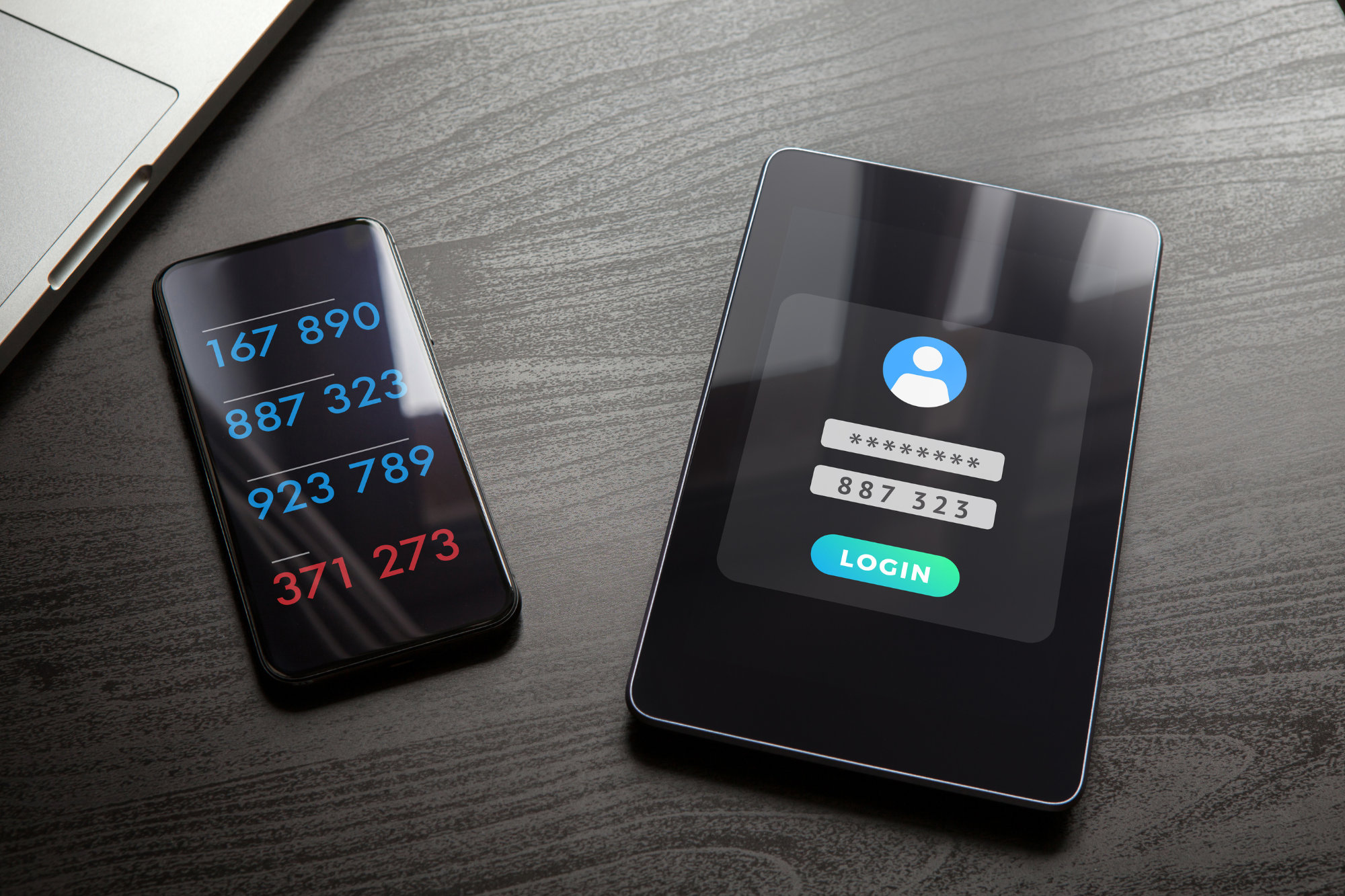
Two-Step Verification (2SV) and Multifactor Authentication (MFA) both add security layers beyond just a password. They reduce the risk of unauthorized access.
Two-Step Verification (2SV) requires two separate steps to verify a user. For example, a password and a one-time passcode from a text message or app.
Multifactor Authentication (MFA) requires two or more different factors of verification. This can include:
- Something You Know: Like a password.
- Something You Have: Such as a smartphone or security token.
- Something You Are: Like a fingerprint or facial recognition.
MFA offers enhanced security by using multiple verification methods. This makes it harder for attackers to gain access.
2SV is a part of MFA since it uses two factors. However, MFA can include more than two for greater protection.
Popular Multifactor Authentication Methods
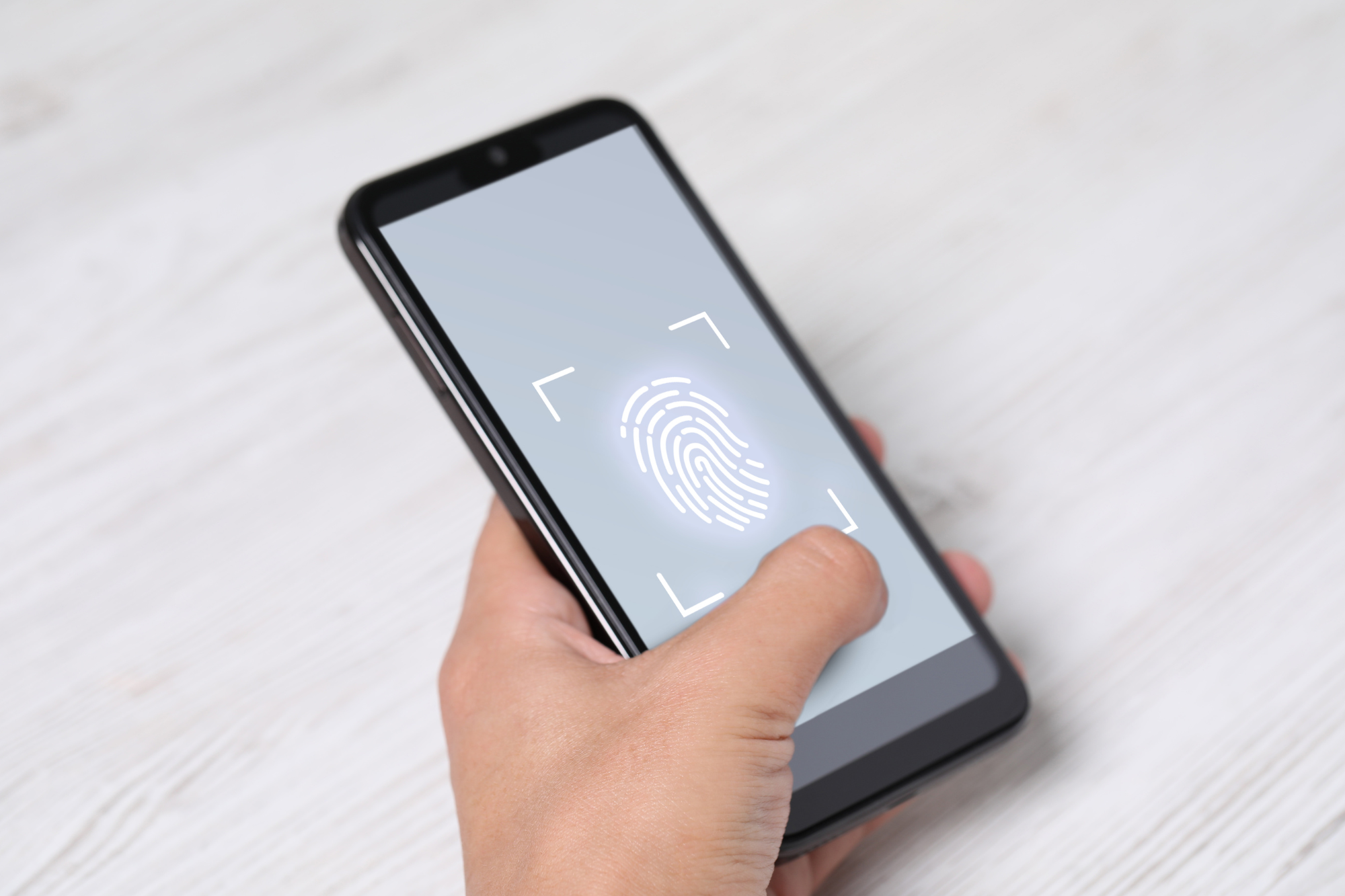
Multifactor authentication (MFA) involves using multiple ways to verify a user’s identity. This adds a layer of security to online accounts. Different methods include text messages, apps, fingerprints, and physical items. Each method has its own strengths, tailored for various needs.
SMS and Voice Verification
SMS and voice verification are popular options where users receive a code via text message or voice call. This code, entered along with the password, verifies the user’s identity. The main advantage is convenience, as almost everyone has a phone.
However, these methods can be vulnerable. If an attacker intercepts messages or calls, they might gain unauthorized access. For this reason, SMS and voice are often used as part of a broader MFA strategy.
Authenticator Apps
Authenticator apps provide an extra layer of security by generating time-based codes that change every 30 seconds. These apps, such as Google Authenticator or Authy, work even without an internet connection.
Users scan a QR code during setup, linking the app to their account. The dynamic nature of the codes makes it hard for unauthorized users to replicate. With increasing security threats, authenticator apps are becoming a preferred choice for many users.
Biometric Authentication
Biometric authentication uses physical characteristics to verify identity. Common methods include fingerprints and facial recognition. This type of authentication is hard to replicate, making it a secure choice. Phones and laptops often have biometric sensors, adding convenience for users.
While offering strong security, biometric methods have privacy concerns. Users worry about how their data is stored and used. Despite this, the precision and ease of use keep biometrics popular in security systems.
Smart Cards and Physical Tokens
Smart cards and physical tokens are tangible forms of verification. Users insert or swipe smart cards to gain access, often seen in office environments. Tokens like USB keys generate random codes and must be connected to a device.
These physical items provide strong security because they require possession. However, losing them can lock users out. Organizations often choose these methods when robust security is needed, such as in corporate or high-security settings.
Setting Up an MFA Application
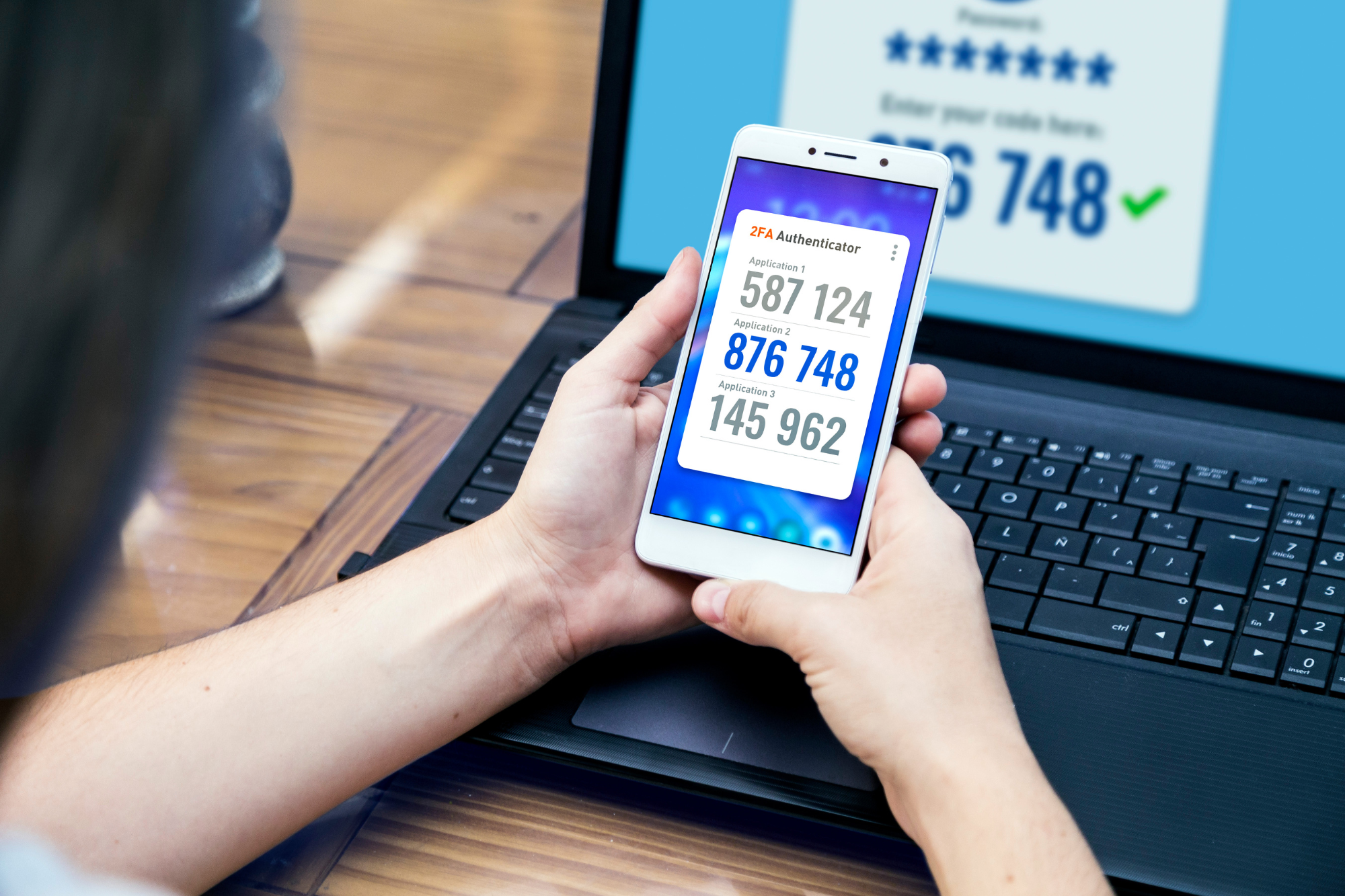
Setting up a Multi-Factor Authentication (MFA) application is crucial to enhancing online security. Two key aspects include selecting the right authenticator app and integrating it with user accounts effectively. Doing so ensures that online accounts remain protected from unauthorized access.
Choosing the Right Authenticator App
Selecting an authenticator app is an important first step in setting up MFA. Popular options include Microsoft Authenticator, Google Authenticator, and Authy. Each app provides similar functionality, like generating time-based one-time passwords (TOTPs). Consider user-friendliness, platform compatibility, and support when choosing an app.
Microsoft Authenticator, for example, works well across devices and integrates smoothly with Microsoft accounts. It also supports cloud backup, ensuring easy recovery of account details. Opt for an app that communicates security alerts promptly and supports multiple accounts to avoid managing separate apps for different services.
Integrating With User Accounts
Once an authenticator app is chosen, integrate it with user accounts. Start by linking the app to each account using the setup process provided by the service. This often involves scanning a QR code or entering a setup key from the service’s security settings. Usernames and passwords still play a role, but the app adds an extra layer of security.
Ensure the app is correctly synced and configured. Test the setup by attempting to log in, verifying that the app generates the required one-time codes. Encourage users to regularly update their app and check for compatibility with their online accounts, ensuring uninterrupted security.
Enterprise Solutions for MFA
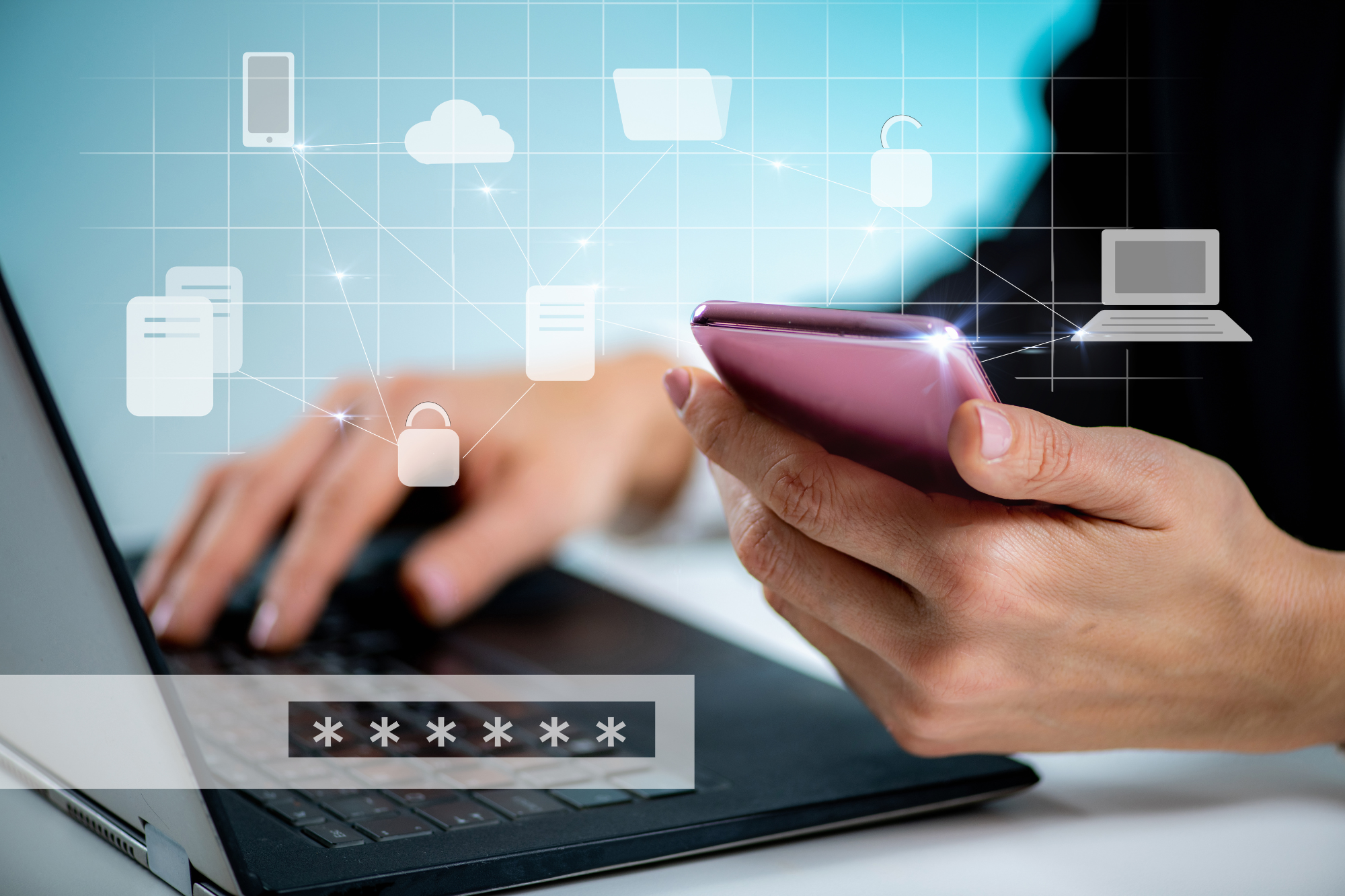
Enterprise solutions for multi-factor authentication (MFA) focus on seamless integration and flexibility. These solutions often include Identity and Access Management (IAM) systems and Adaptive Authentication methods.
Identity and Access Management (IAM) Integration
Integrating MFA with IAM systems is crucial for enhancing security across enterprise applications. IAM platforms, like Azure Active Directory, provide a centralized way to manage users and set security protocols. This integration allows IT departments to enforce MFA across all company resources, ensuring consistent protection.
IAM systems also streamline the user experience by reducing the need to remember multiple passwords. With single sign-on (SSO) features, users can access various applications with one set of credentials. This balance of security and ease makes IAM a pivotal component in MFA strategies, encouraging widespread adoption within enterprises.
Adaptive Authentication Systems
Adaptive Authentication tailors the MFA process based on user behavior and risk levels. It analyzes factors like location, time of access, and device type to assess potential threats. For high-risk scenarios, additional authentication steps are prompted, such as biometrics or one-time codes.
This dynamic approach enhances security without causing unnecessary disruption to legitimate users. By adapting authentication requirements in real-time, enterprises can respond swiftly to evolving threats. It adds a sophisticated layer to MFA, aligning with the growing need for flexible and user-friendly authentication methods in complex enterprise environments.
Physical Security Tokens and Their Use
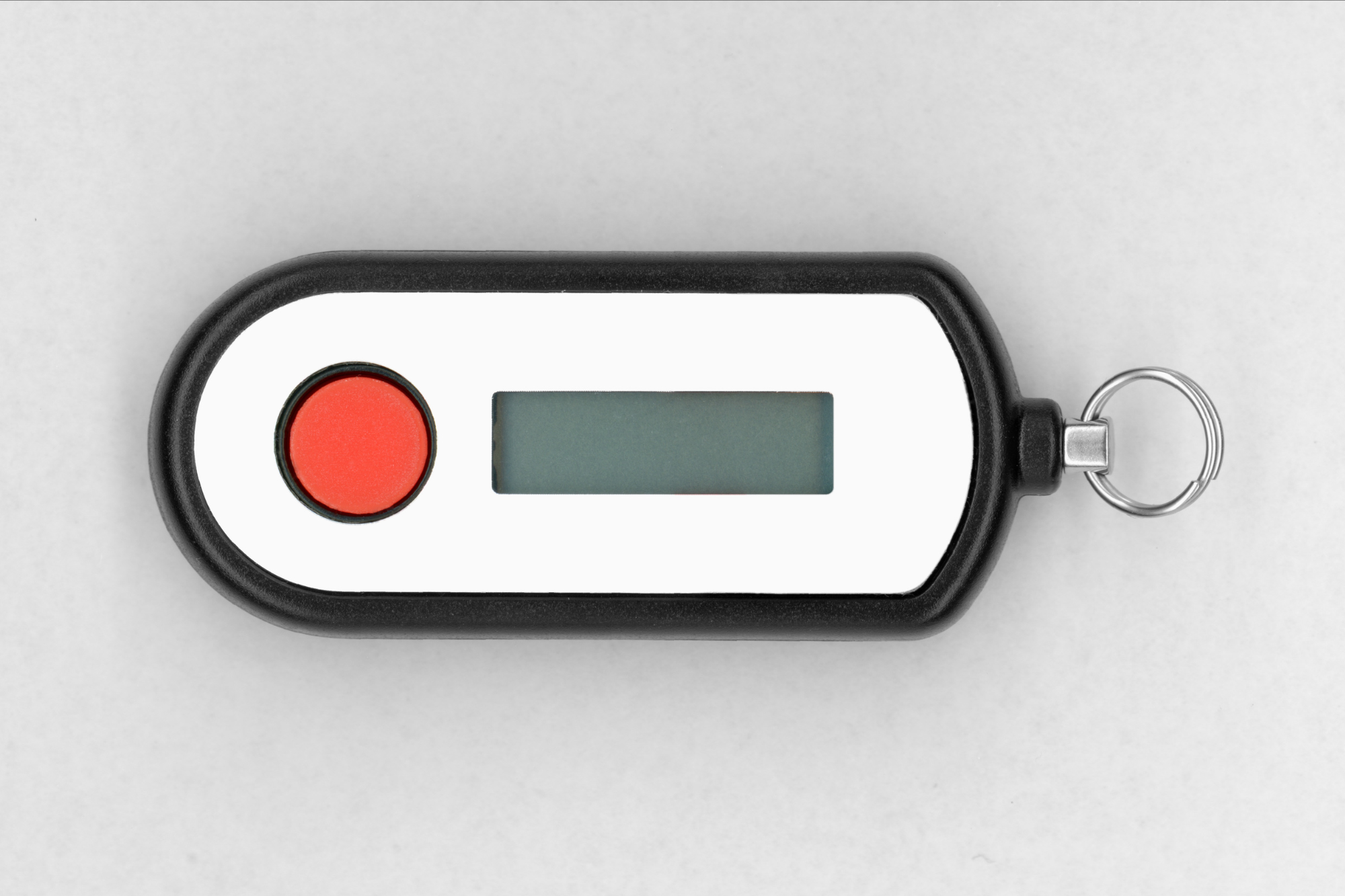
Physical security tokens are devices used for multi-factor authentication (MFA). These tokens help verify the identity of a user by providing an extra layer of security. They are commonly referred to as security keys or hardware keys. Unlike passwords, tokens are physical items that users need to have at the time of login.
Security tokens often generate a unique code. Users enter this code in addition to their regular password. This ensures that even if a password is stolen, unauthorized access is still prevented without the token. The Yubico security key is a popular choice for users who require robust security.
Many organizations use tokens like Personal Identity Verification (PIV) cards and Common Access Cards (CACs). These are often part of a secure access system in government and large companies. They integrate with security systems to ensure only authorized users can access sensitive information.
Physical tokens are highly resistant to phishing attacks. Since they rely on a physical element, hackers have a much harder time breaching accounts using token-based authentication. This makes them a preferred choice in environments requiring high security.
Technological Advances in MFA
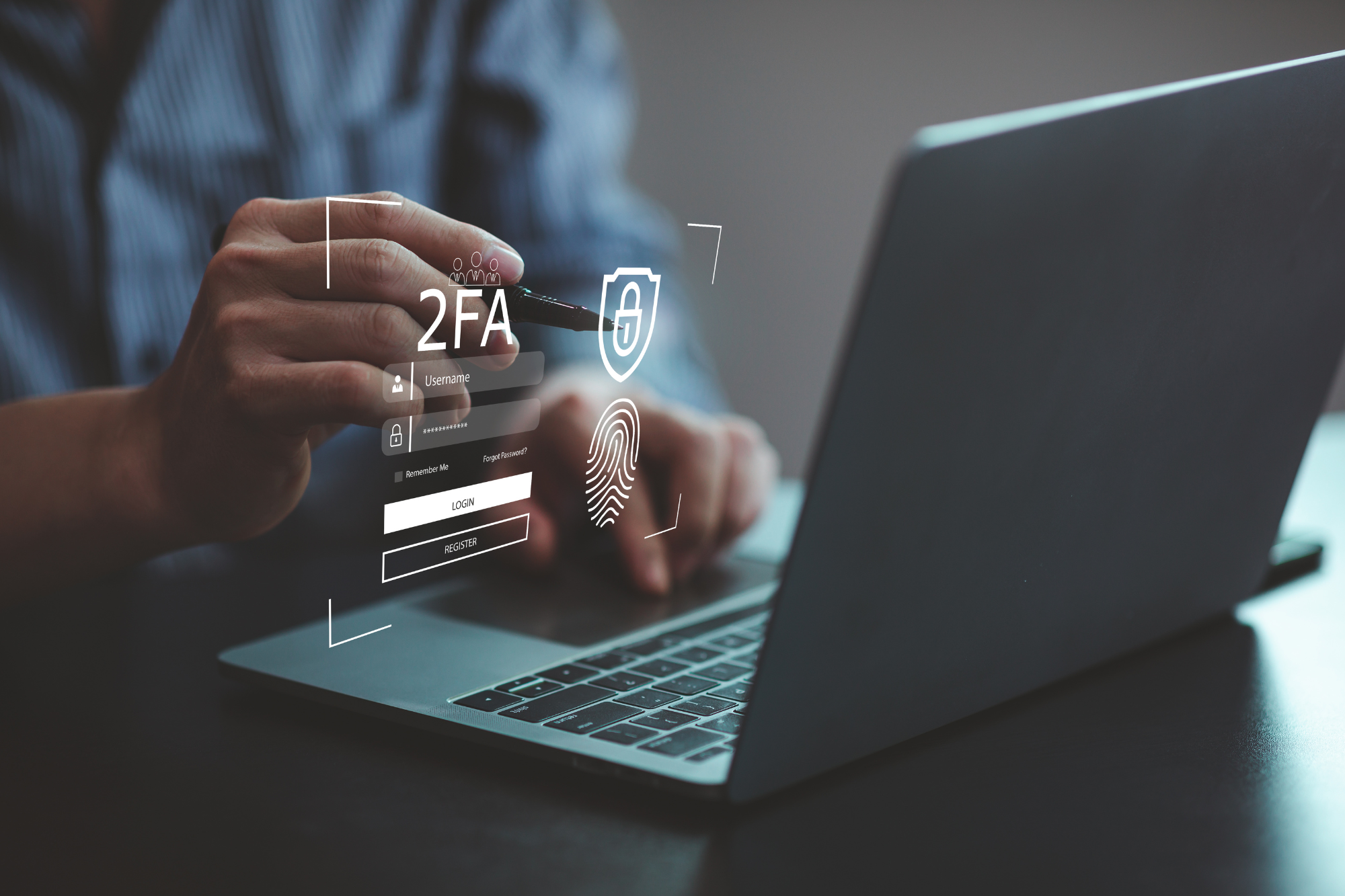
Recent advances in multi-factor authentication focus on enhancing security by integrating artificial intelligence and behavioral biometrics. These technologies provide a smarter, more adaptive approach to user authentication.
Artificial Intelligence and Machine Learning
Artificial intelligence (AI) and machine learning (ML) technologies help improve MFA systems by analyzing patterns and detecting anomalies. AI can evaluate previous login attempts to identify unusual behavior.
Machine learning adapts over time, learning from each interaction. This means that as a user logs in more frequently, the AI becomes better at recognizing their patterns. This reduces the chance of false alarms while maintaining security for multiple platforms.
AI can also predict and prevent unauthorized access by recognizing patterns in fraudulent login attempts. Through continuous learning, AI-powered MFA systems enhance accuracy and efficiency.
Behavioral Biometrics
Behavioral biometrics focuses on analyzing how users interact with devices. It considers factors like keystroke dynamics, mouse movements, and touch patterns on screens. Instead of asking for extra steps during login, this approach verifies identity naturally as users interact.
Keystroke dynamics measure typing patterns, including speed and pressure. This unique data helps ensure that access is granted only to legitimate users. For instance, if someone types significantly slower than usual, the system may deploy additional security checks.
These methods work silently in the background, adding a layer of security without creating additional steps for users. Integrating behavioral biometrics with MFA strengthens security by making it more personalized and responsive to individual user behavior.
Legislation and MFA Compliance
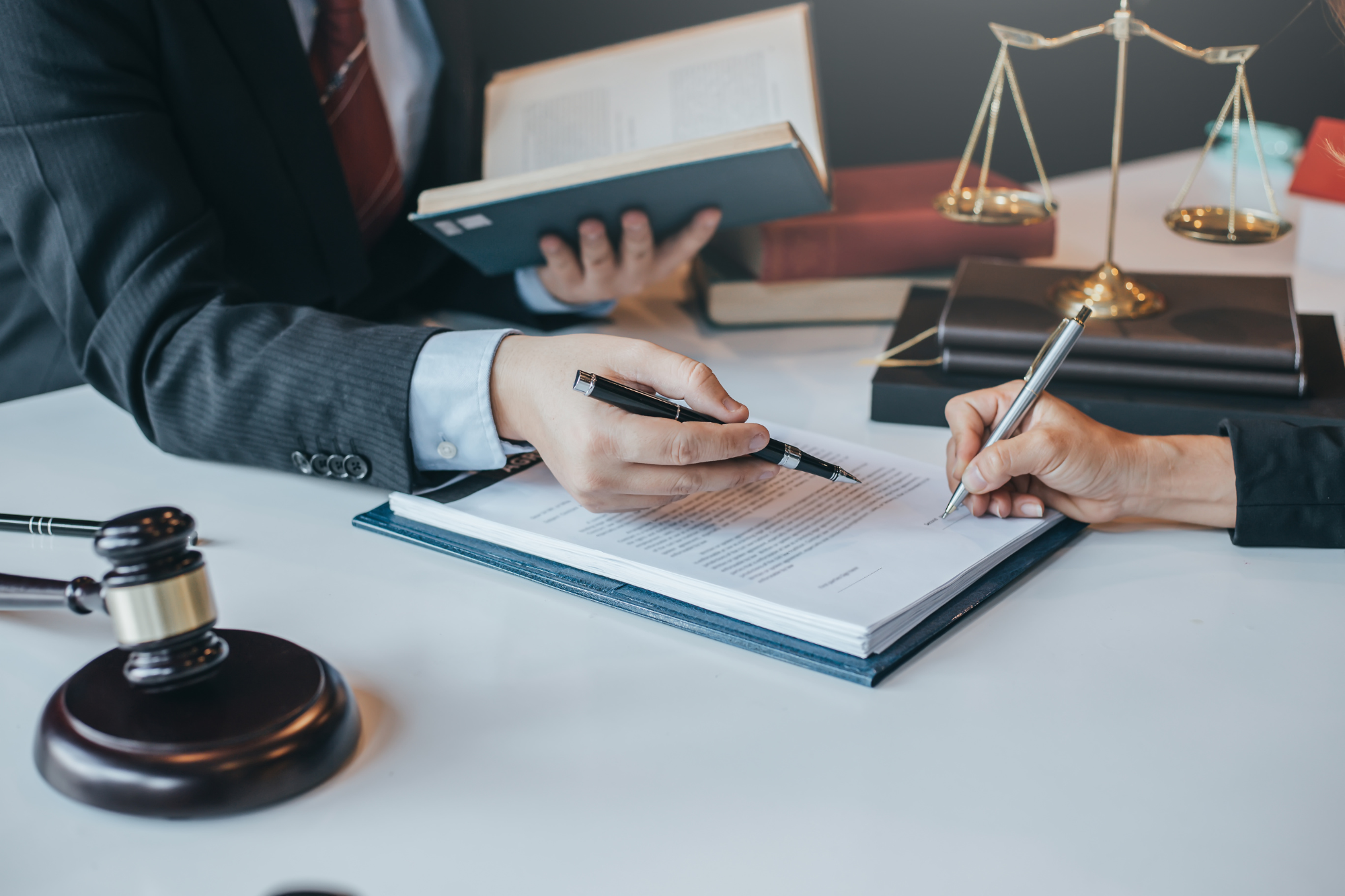
Legislation around Multifactor Authentication (MFA) is becoming increasingly important. It helps protect sensitive data by requiring more than just a password for access. Different laws and regulations now mandate MFA for certain sectors to enhance security.
Personal identity verification is key in regulated fields like finance and healthcare. Laws such as the Health Insurance Portability and Accountability Act (HIPAA) often require strong authentication measures. This ensures that only authorized individuals can access confidential information.
Companies might face penalties if they do not comply with these laws. Access control standards mean only approved users can log into systems. This reduces the risk of unauthorized data access during a login attempt.
For instance, the General Data Protection Regulation (GDPR) in Europe encourages using MFA to protect personal data. By complying with these laws, businesses demonstrate their commitment to data security.
In the ever-evolving landscape of cybersecurity, staying informed about these requirements can prevent legal issues and keep data secure.
MFA Implementation Best Practices
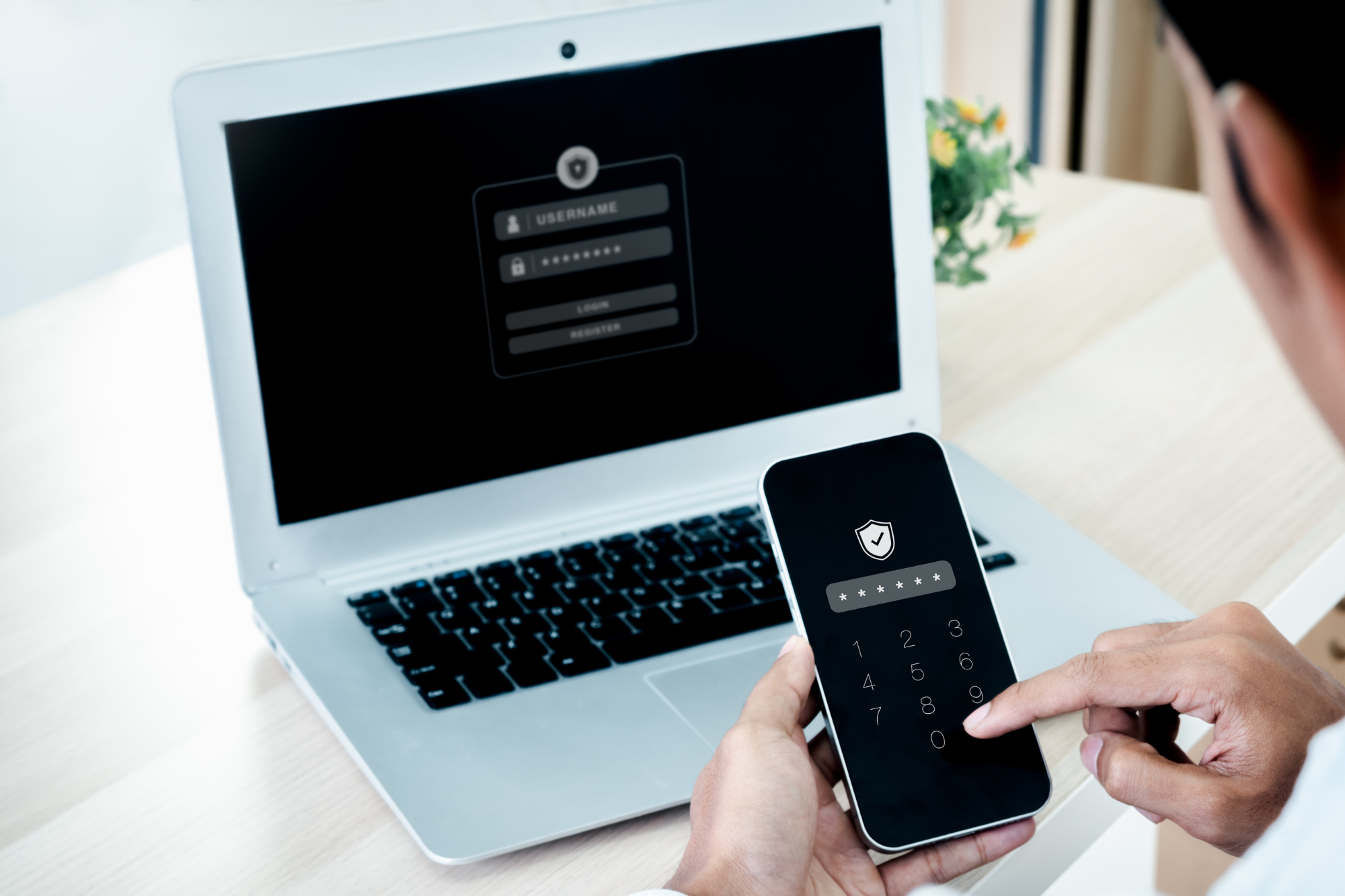
Implementing multi-factor authentication (MFA) boosts security by adding extra layers of verification beyond just passwords.
1. Choose the Right Factors: Use a mix of factors such as something the user knows (password), something the user has (smartphone), or something the user is (fingerprint).
2. User Education: Teach users how MFA protects them. Provide guidance on setting it up and explain the importance of keeping personal verification methods secure.
3. Strong Passwords: Encourage users to maintain robust passwords as the first line of defense. Long passwords combined with MFA enhance protection.
4. Regular Updates: Ensure the MFA system stays current with software updates. Updates often fix security vulnerabilities.
5. Monitor and Audit: Regularly check the systems for unauthorized access attempts. Review logs and audit trails to ensure MFA is working as expected.
6. Responsive Support: Provide 24/7 support for users experiencing issues with MFA. Quick assistance minimizes disruptions.
7. Flexible Options: Allow multiple ways to authenticate, such as SMS codes, authentication apps, or biometric data. This caters to different user preferences and needs.
8. Back-Up Methods: Prepare alternative methods in case the primary method fails. Options like security questions can provide access in emergencies.
By following these best practices, organizations ensure stronger security and safeguard user identities against unauthorized access, enhancing overall cybersecurity.
Frequently Asked Questions
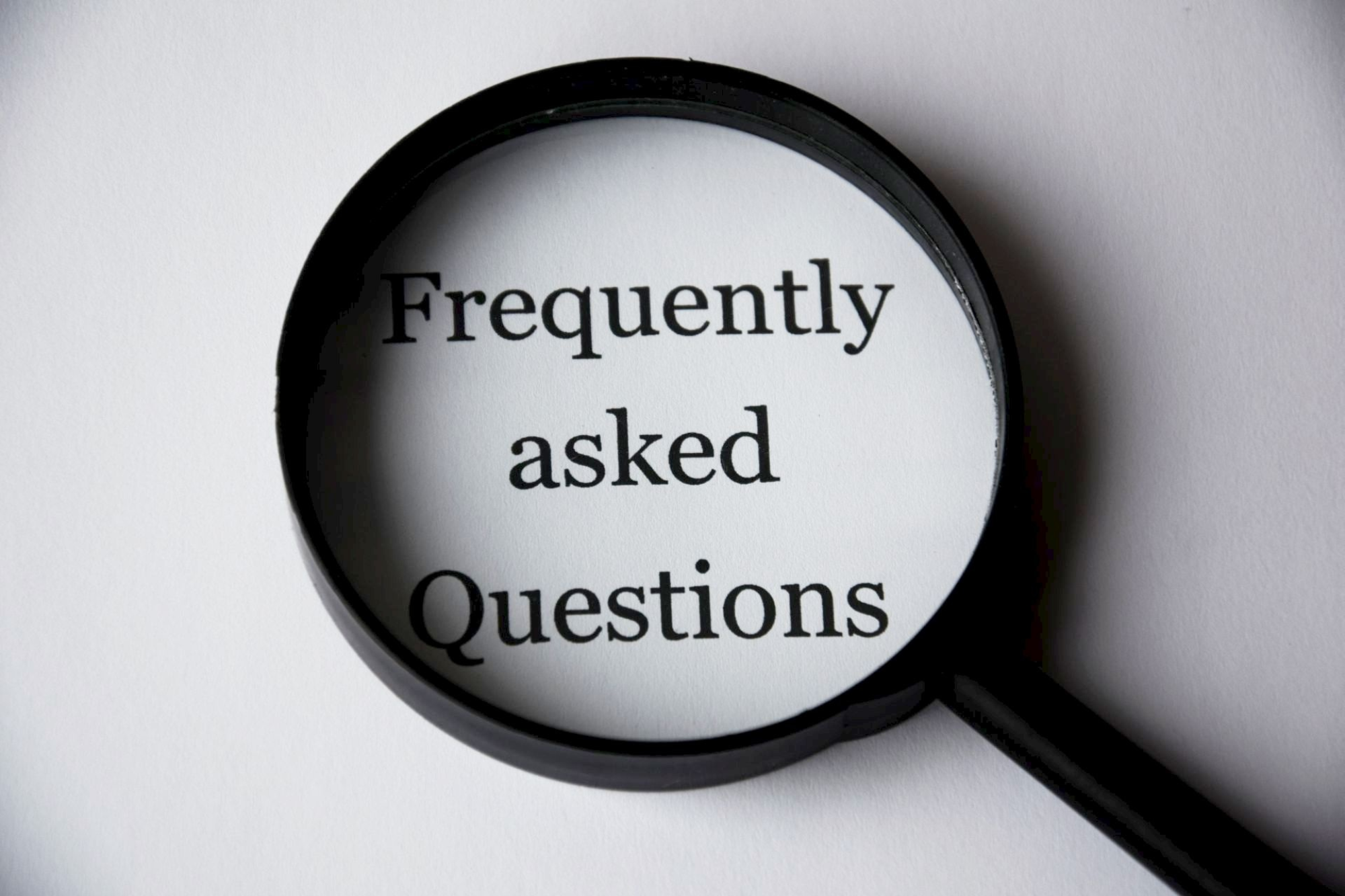
Multifactor authentication (MFA) uses multiple steps to verify a user’s identity, making it harder for unauthorized users to access accounts. It provides additional security beyond passwords and can involve things like phone apps or biometrics.
What are the differences between 2FA and MFA?
Two-factor authentication (2FA) requires two verification factors, typically something you know, like a password, and something you have, like a phone. Multifactor authentication (MFA) includes two or more factors, which could also involve biometric checks like fingerprints.
What are the most common methods of multifactor authentication?
Common MFA methods include using a phone app for codes, receiving texts or emails with verification numbers, or using biometrics such as fingerprints or facial recognition. These methods help secure user accounts by adding multiple layers of verification.
Why is multifactor authentication considered important for cybersecurity?
MFA is important for cybersecurity as it reduces the risk of unauthorized access by requiring more than just a password. With additional verification steps, it becomes much harder for cybercriminals to breach accounts, protecting sensitive information better.
How does a multi-factor authentication app work?
A multi-factor authentication app generates a unique code that changes regularly. When logging in, the user enters their password and the code from the app. This ensures that only those with both the password and access to the app can gain entry.
What are the steps involved in setting up MFA on an account?
To set up MFA, a user typically logs into their account, navigates to the security settings, and enables MFA. They might need to download an authentication app. Then, they will link the app to their account by scanning a QR code or entering a setup key.
How can you verify if MFA is active on your user account?
Users can verify if MFA is active by checking their account settings. They should look for options that confirm MFA status, such as seeing connected devices or reviewing login activity. Notifications about successful setups may also indicate that MFA is enabled.


